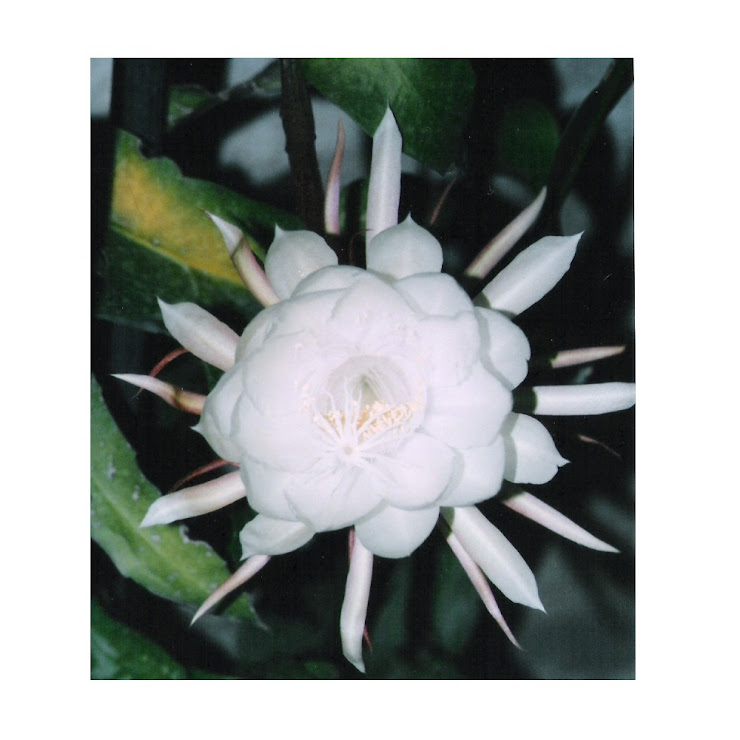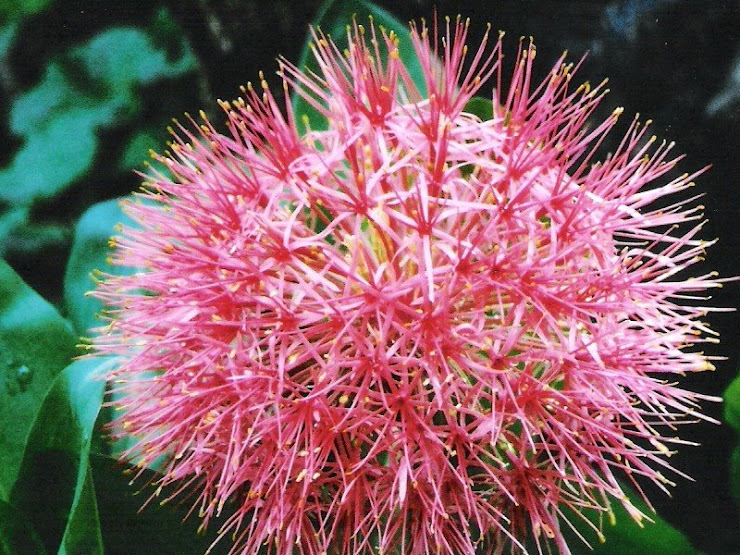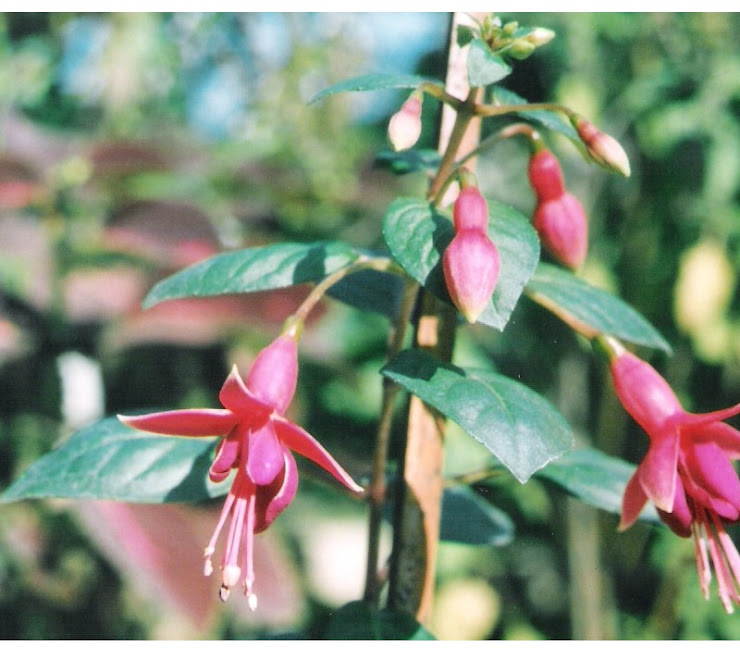They say that shallots are for babies and onions are for men—while garlic is for heroes.
Let garlic be the hero of your organic garden this year. Growing garlic is a great way to keep your garden productive all winter long. Now is the time to plant your cloves for a bountiful harvest next year.
started on a great crop of garlic.
Know your garlic types:
Garlic is truly an international food, lending its flavor to a buffet of dishes from Szechuan stir-fries to Moroccan tanginess, Argentinean chimichurri sauces, Italian pasta dishes, and more. The bulb owes its popularity to both its culinary uses and its health benefits—consuming garlic has been linked to reduced cancer risk and better cardiovascular health. Like so many foods, the garlic commonly found in the market is sold not for its fine flavor but for its superior storage time. Growing garlic opens the door to a range of tempting possibilities, from bulbs wrapped in luminous pink-streaked wrappers (as the papery outer skins are known) to ones composed of mild, almost sweetly flavored cloves. Best of all, garlic is one of the easiest vegetables to grow. All one needs is a small measure of patience, waiting for the autumn-planted crop to ripen for a summer harvest.
hardneck and softneck, that differ in the size of the bulb, the number and size of cloves, color, hardiness, and storage qualities. Elephant garlic, which is the sort most often used for roasting, is actually a type of leek that has a mild garlic flavor.
Hardneck garlic (Alliums sativum ssp. ophioscorodon) produces a stiff flowering stalk, called a scape, topped with bulbils (tiny bulbs) instead of seeds. A single cluster of 5 to 10 large cloves surrounds the hard stalk. Hardnecks are tolerant of cold weather and offer a range of flavors from mild to strong and spicy.
Softneck garlic (Alliums sativum ssp. sativum) rarely produces a flowering stalk; the cloves are smaller than hardnecks and are arranged in overlapping layers. A single head may have 6 to 1 cloves or more. The soft, pliable necks are easy to braid into garlic "ropes." Softneck varieties are less cold-tolerant and therefore better suited to growing in regions with mild winters, but they do keep longer in storage than hardneck garlic.
There are hundreds of variety names for garlic, but there are only 10 major types based on their genetic diversity. Garlic varieties have been renamed many times as they passed among growers and gardeners, and as a result, many may be identical genetically." The 10 types or groups of garlic are rocambole, porcelain, purple stripe, marbled purple stripe, glazed purple stripe, Creole, Asiatic, and turban among the hardnecks; and silverskin and artichoke among the softnecks. The papery white garlic bulbs available in most grocery stores are artichoke-type softnecks.
Many garlic cultivars have names that indicate where they were traditionally grown or the color of their wrapper, including 'Oregon Blue', 'Chinese Pink', 'Chesnok Red', and 'Spanish Roja'.
'Persian Star'. A purple stripe that produces 8 to 10 moderately spicy cloves and is suited for warmer
climates.
'Creole Red'. A Creole-type garlic with 6 to 9 cloves that have a robust flavor.
'Music'. A porcelain variety with 4 to 6 large cloves per bulb and pretty pinkish white wrappers. Perfect for roasting.
'Spanish Roja'. A rocambole with 7 or 8 purple-streaked cloves per bulb and superior flavor when cooked.
'Xian'. This turban variety matures very early and produces 8 to 12 large, plump cloves.
Softneck
'Inchelium Red'. An artichoke variety with 9 to 18 cloves per bulb; this garlic has a mild lingering flavor that grows stronger in storage.
'California White'. Large bulbs with 10 to 20 mild-flavored cloves. This silverskin variety stores well and is perfect for braiding.
'Chilean Silver'. A pure white silverskin variety with 15 to 18 cloves per bulb.
This fact helps to explain why so many different variety names exist for genetically identical garlic. It's also an argument for buying locally grown garlic. If you buy garlic from a local farmers' market and plant the cloves, what you see at planting time is likely what you'll get when you harvest the bulbs.
Garlic produces the plumpest, tastiest bulbs when it grows in full sun and in deep, loamy, fertile soil. Garlic is susceptible to fungus when growing in a continually wet site. If you can, plant
in a raised bed, which drains well and has loose soil.
garlic. Plant each clove with the pointed growing tip up and the flat root end down. In areas with mild winters, set the cloves about 1 to 2 inches deep.
mulch, such as straw or dried grass clippings mixed with leaves. You will see shoots start growing right through the mulch in four to eight weeks, depending on your weather and the variety you've planted. They stop growing during winter, then start again in spring. Leave the mulch in place into spring; it conserves moisture and suppresses weeds (garlic competes poorly with weeds).
Grow garlic in a spot that gets full sun and has loose, crumbly soil. Compacted soil produces irregularly shaped bulbs; soil that retains water, especially during the winter, will cause bulbs to rot. Improve the soil's fertility and texture by working in 1 to 2 inches of organic compost or aged manure before planting.
Longer spring days and warm weather help initiate bulb and top growth. Each green leaf represents one layer of the bulb's papery outer wrapper. The leaves will grow a foot or more, and it is critical to keep the soil evenly moist during this period of active growth, because dry soil will inhibit bulb enlargement. In early spring, spray the foliage with dilute liquid fish emulsion. There is no need to fertilize after May, because the extra nutrients will encourage leaf production at the expense of bulb size. When the leaves begin to yellow in summer, hold off on watering to prevent rot.
Start foliar-feeding your garlic every two weeks as soon as leaf growth begins
in spring (typically in March) and continue until around May 15, at which point
the bulbs begin to form.
Harvesting Hints:
When half to three-quarters of the leaves turn yellow-brown, typically in late June or early July (depending on the variety and the weather), it's harvest time. Carefully dig up each bulb; do
not pull, or you may break the stalk from the bulb, which can cause it to rot. Once it's harvested, get it out of the sun as soon as possible.
stir-fried. Harvesting a leaf or two from each plant to use in place of chives is fine, but don't cut too many, because they supply energy to the growing bulbs. Bulbs are ready to harvest when about half the leaves turn yellow and fall over or when only three or four green leaves remain on the plant. Avoid damaging the bulbs by using a garden fork to lift them rather than pulling them
out.
Harvested bulbs must dry thoroughly (a process called curing), or they will rot in storage. Carefully brush away soil, leaving the roots and leaves intact. Lay the garlic out in a single layer in a shaded, well-ventilated spot for 2 to 3 weeks. Once the outer wrapper layers of the bulb feel dry and papery, either braid the stems together or cut them off (leave a ½-inch stub) and store the bulbs in a mesh bag. In general, hardnecks last 6 to 10 months in storage, while softnecks can last up to a year, but homegrown garlic usually disappears into soups, salad dressings, and stir-fries well
Tie the garlic together in bundles of 6 to 10 bulbs (label them if you've grown more than one variety) and hang them to cure for about four to six weeks in a shaded, dry, and preferably
drafty area.
When your garlic is thoroughly dry, trim the roots, taking care not to knock off the outer skin. Cut off the stalks about 1½ inches above the bulb if you plan to keep the garlic in bags. Recycled
mesh onion bags are perfect for storage.
and then bent at the necks (between your thumb and forefinger). Softnecks should also be cured for a few days before braiding, but don’t let them stiffen up. Medium-size heads work best.
1. Lay outthree harvested and partially cured garlic plants as shown. Weave the leaves of each
stalk together tightly a couple of times, near the bulbs.
2. Add a fourth head above the center one. Include its leaves with the others and weave a bit more.
3. Add two more heads, one to each side, as shown. Include these leaves with the others and keep braiding.
4. Add one, then two, and then one again until the braid reaches a desired length. Braid the remaining leaves together, tie with twine, trim the ends, and hang to dry.
1 large bulb garlic
pinch of salt
Directions
1. Preheat the oven to 400°F.
2. Cut a thin slice from the top of the garlic to expose the cloves. Place the head, cut side up, on a large piece of
foil. Seal the top and sides of the foil tightly. Place in the oven and roast for 35 minutes, or until the cloves are very soft and lightly browned. Remove and set aside until cool enough to handle.
3. Squeeze the garlic cloves into a small bowl. With the back of a spoon, mash the garlic with the salt to make a
smooth paste. Use in place of butter on potatoes, rice, or bread.








No comments:
Post a Comment